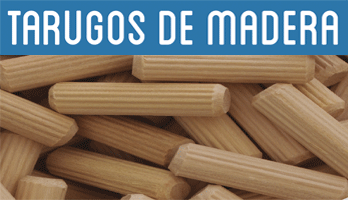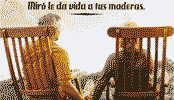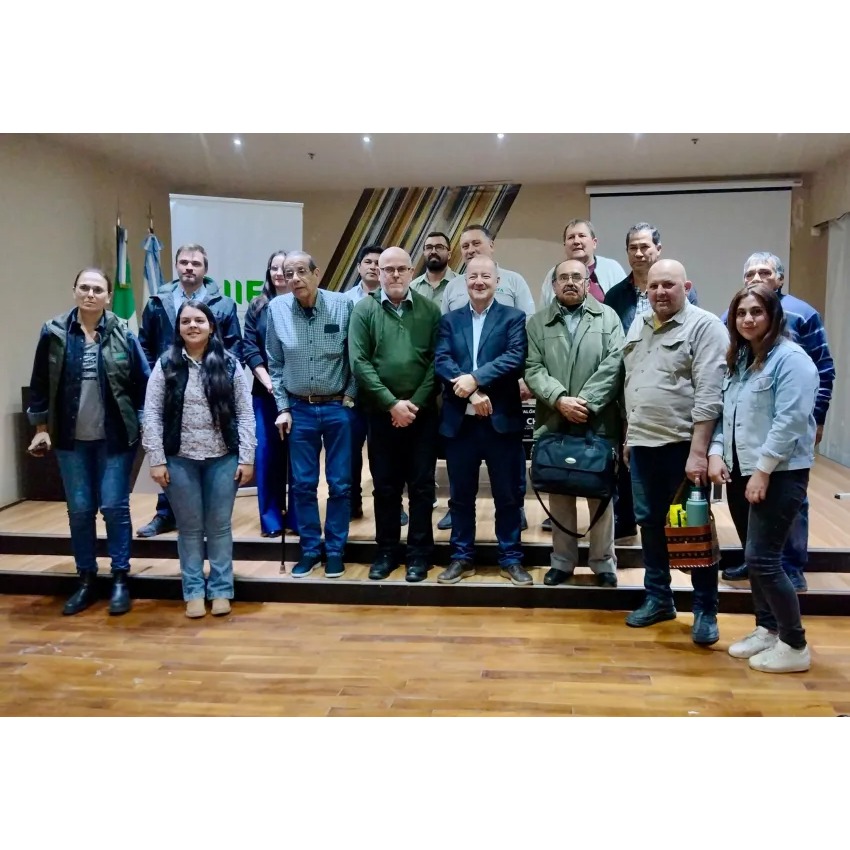
The Forest Research Institute advances in projects with Chaco producers
In the Chaco Salon of the Hotel Gualok, in the city of Sáenz Peña, the president of the Institute of Forest Research (IIFA) Carlos Favarón and the engineer Adrián Belizan Theys, director of production and promotion of the IIFA, met with forest producers of the province To update the information on works and projects that the institution has been carrying out
Favarón explained, for example, about topics related to current interests of the IIFA such as: also on how to develop afforestation plans, the way to generate added value to forest by -products, vegetable and activated coal, the deregulation of the coal market, and the stimuli legal legals beyond Law 25.080.The President of the Federation of Associations of Forest Producers of Chaco, Noah Kohn, coincided with the president of the Forestry Association of Castelli, Fabián Ulrich in claiming a good technical support of the Institute so that every producer can clear your doubts. There took the floor the engineer Belizán to imbalance point by point every concern. At the end of the meeting everyone agreed to emphasize that it is imperatively necessary, to diagram a joint work agenda, amending past errors and looking towards a future. In this regard, Favarón synthesized: It is essential
IT MAY INTEREST YOU
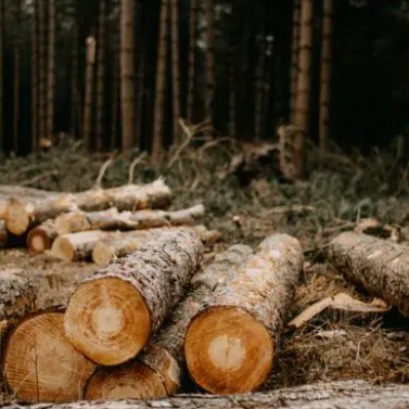 Unprecedented Forest Crisis: with 8.1 million hectares destroyed, the goal of zero deforestation is in danger
Unprecedented Forest Crisis: with 8.1 million hectares destroyed, the goal of zero deforestation is in danger
A new report warns that the planet is experiencing an unprecedented forest crisis. In 2�24, forests suffered large-scale destruction with a permanent loss of almost 8.1 million hectares worldwide.
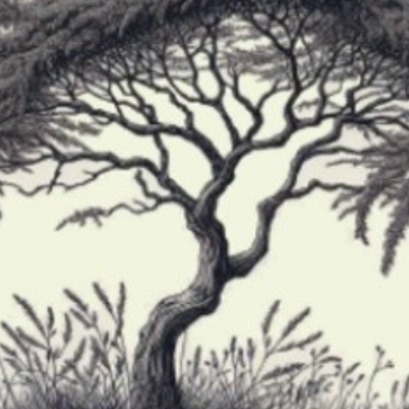 They present the Elárbol project in the Ecology Cycle
They present the Elárbol project in the Ecology Cycle
The transmedia initiative reflects the importance of Argentine native flora and focuses on the carob tree as an emblem tree. Today, at 6:�� p.m., at the Argentine Library This Thursday, October 3�, at 6 p.m., the Elárbol project is presented in the Ecology Cycle coordinated by Sergio Rinaldi at the Argentine Library.
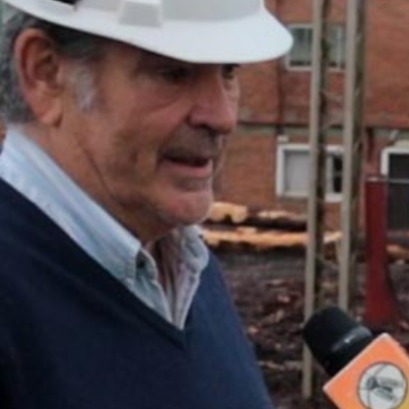 Currents | Las Marías invests 8 million dollars to modernize its sawmill in Virasoro
Currents | Las Marías invests 8 million dollars to modernize its sawmill in Virasoro
The traditional company from Corrientes is moving forward with a million-dollar investment to completely renew its forestry-industrial plant. The new European line, fully automated, will increase productive performance and position the sawmill among the most modern in the country.









